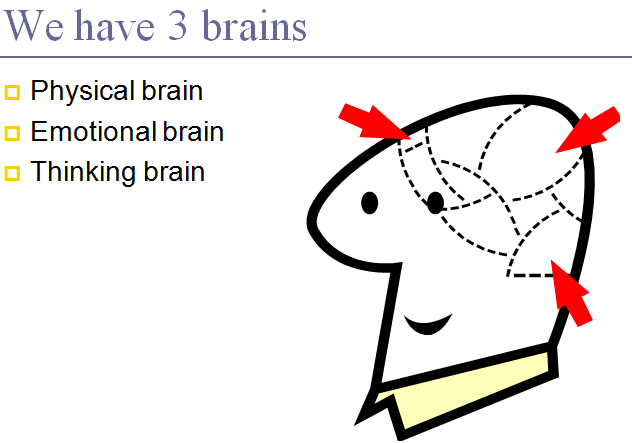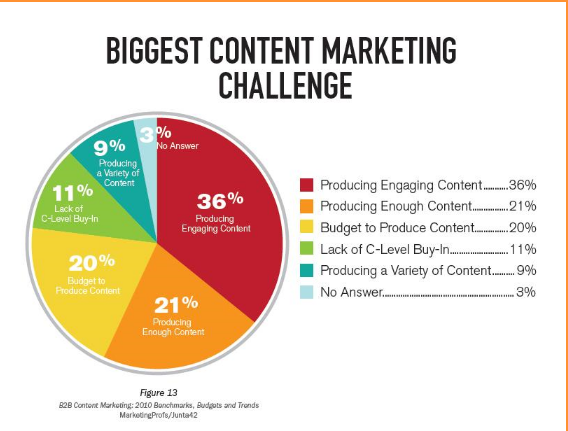 How biased are you about peoples’ faces, ages, skin tone, body size, ethic origins? Scientists know that our attitudes and prejudices are subconscious.
How biased are you about peoples’ faces, ages, skin tone, body size, ethic origins? Scientists know that our attitudes and prejudices are subconscious.
We may think we’re fair and all-inclusive, but our brains operate surreptitiously, sending us intuitive messages that influence our speech, our decisions and our behavior… and if you’re a content marketer, it will permeate the content you write!
Don’t believe me? Or, maybe you believe me and are saying “So what?” You need to know how your customers and clients see your biases showing up. Your biases are reflected in everything you do, including your content marketing.
If you’re creating content that markets a product or service, how can you become aware of your prejudices, since they lie hidden in our subconscious brains?
Take the Implicit Associations Test, the IAT, offered online for free by Harvard through a site called Project Implicit.
Here are a few things they’ve discovered after hundreds of thousands of web visitors did their tests:
Findings observed in seven years of operation of the Project Implicit web site
- Implicit biases are pervasive. They appear as statistically “large” effects that are often shown by majorities of samples of Americans. Over 80% of web respondents show negativity toward the elderly compared to the young; 75-80% of self-identified Whites and Asians show a preference for racial White relative to Black. Read More→











